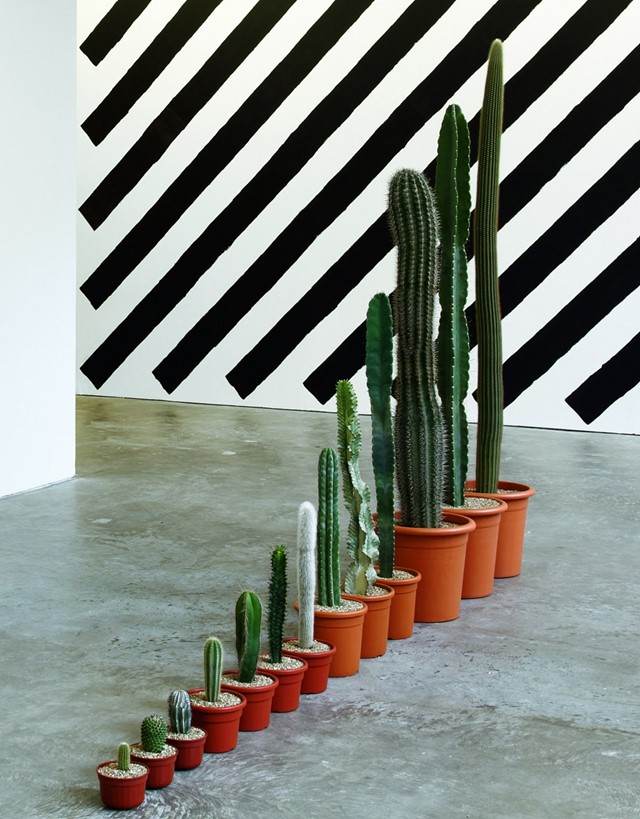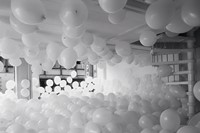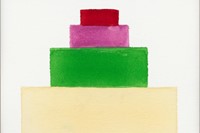A new exhibition of Martin Creed's award winning work goes on show at the Hayward Gallery this month.
Playful and democratic in spirit, the work of Turner-Prize winning artist Martin Creed can be as permanent as a marble staircase (Work No. 1059 – The Scotsman steps), or as ephemeral as a room half-filled with balloons (Work No. 200 – Half the air in a given space). Crossing between modes and mediums with apparent ease, over the past 25 years Creed has used everything from neon and cacti to dogs and pianos in his installations and interventions, establishing himself as one of Britain’s brightest artistic lights along the way. Now for the first time, a major survey of his body of work is being mounted in the UK.
Often making use of everyday or seemingly banal items, over the years Creed, who is also a musician, has brought heart, soul, and humour to his particular brand of conceptual art. Curator Cliff Lauson at the Hayward Gallery, where the new exhibition is being held, describes Creed’s output as balanced – as well as contradictory. It is, he says, “minimal and monumental, ephemeral and sculptural, rigorously logical and intuitively emotional... For the artist, visual art, performance and music smoothly integrate into a single practice.”
“Minimal and monumental, ephemeral and sculptural, rigorously logical and intuitively emotional... For the artist, visual art, performance and music smoothly integrate into a single practice”
Creed’s 2001 Turner-Prize winning installation, Work No. 227: the lights going on and off, caused controversy at the time as a result of its extreme minimalism – the title describes exactly what was happening in an otherwise empty room at the Tate Britain – and one visitor was so angry at the piece’s seeming lack of artistic rigour that he threw eggs at the walls and decried the death of painting. Yet despite the outcry from certain camps, Creed continues to draw crowds for his material and sound installations, public art and interventions, and, even, the odd painting. Across mediums and themes, his work is informed by a simplicity that simultaneously obscures and creates profound multiple meanings. And like a good detective story, ambiguity abounds – of the sort that draws you closer and engages your imagination as you wait for the eureka moment to strike. Even the object in the title of the Hayward Gallery show, What’s the Point of It? remains unspecified – the ‘it’ could refer to ‘life’, or it could even be a joke about Creed’s output itself. Truthfully, it’s likely to be both, and so much more as well.
Martin Creed: What's the Point of It? Is showing at the Hayward Gallery until April 27
Text by Ananda Pellerin






